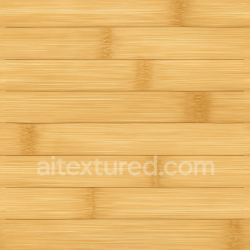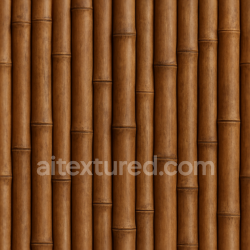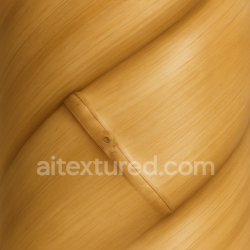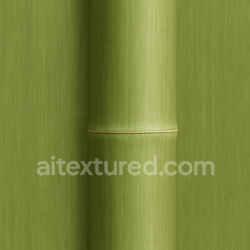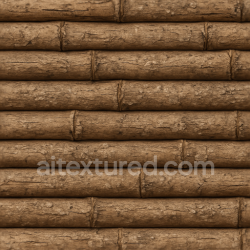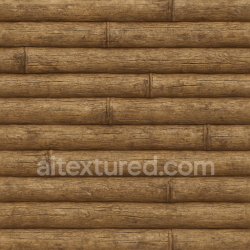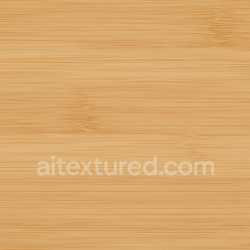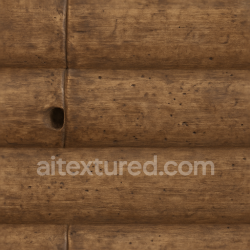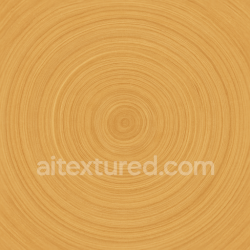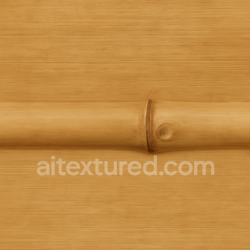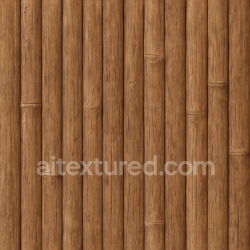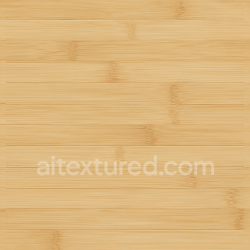Generate PBR Maps from Seamless PNG Textures with pbr_batch_tool

1) What is this script?
pbr_batch_tool is a Python utility (Python 3 + NumPy, OpenCV) that:
- scans the input directory
in/recursively, - generates from each seamless PNG texture a full PBR set: Albedo, Height, Normal, Roughness, AO, Metallic, and optional ORM (R=AO, G=Roughness, B=Metallic),
- mirrors the folder structure in
out/, - optionally packs results into one or several ZIP files,
- always uses wrap-padding (BORDER_WRAP) so seamless tiling is preserved.
The script does not “magically guess” a material type – it generates physically plausible derived maps from the input Albedo using classic techniques: height from luminance, normals from gradients, micro-roughness from local contrast, etc.
2) Where to download script?
You can download from Github
3) What kind of input image do you need?
You need at least one seamless PNG texture. Ideally, it should be a clean, tileable surface photo or material scan without baked-in lighting.
Requirements for input:
- Seamless: the texture must tile without visible seams at edges.
- Neutral lighting: no strong shadows, highlights, or directional reflections.
- Resolution: 1024–4096 px (1K–4K). Higher resolution = more detail.
- Format: PNG 8-bit per channel (alpha supported). Avoid JPEG for derived maps.
- Color space: sRGB for Albedo; other maps are grayscale or linear RGB.
If your source photo contains highlights or shadows, clean it first to a “flat diffuse” version. Always check seamlessness using Offset in Photoshop/GIMP/Krita.
4) Installation (Linux/Ubuntu)
# Go to the tool folder
cd ~/pbr_batch_tool
# Create and activate a virtual environment
python3 -m venv .venv
source .venv/bin/activate
# Install dependencies (pinned versions)
pip install --upgrade pip
pip install numpy==1.26.4 opencv-python-headless==4.9.0.80
# Verify
python -c "import numpy, cv2; print(numpy.__version__, cv2.__version__)"
5) Folder structure
Put your input PNGs in in/. The script mirrors all subfolders into out/.
in/
├─ floor/aged-ceramic-tiles.png
└─ wall/painted-plaster.png
out/
├─ floor/aged-ceramic-tiles_albedo.png
│ _normal.png
│ _roughness.png
│ _ao.png
│ _metallic.png
│ _ORM.png
└─ wall/painted-plaster_*.png
6) Running the tool
Basic run
python3 pbr_batch.py -i ./in -o ./outGenerate ORM + ZIP results
python3 pbr_batch.py -i ./in -o ./out --pack-orm --zip-resultsZIP per subfolder
python3 pbr_batch.py -i ./in -o ./out --pack-orm --zip-results --zip-per-folderTuning intensities
python3 pbr_batch.py -i ./in -o ./out \
--normal-strength 4.0 \
--roughness-contrast 1.3 \
--ao-strength 1.5 \
--pack-orm
7) Parameters
--normal-strength– intensity of normals (default 3.0)--roughness-contrast– boost local contrast for roughness (default 1.2)--ao-strength– ambient occlusion strength (default 1.0)--metallic– constant metallic value (0–1, default 0)--pack-orm– export combined ORM map (R=AO, G=Roughness, B=Metallic)--skip-height– don’t export a separate height map--zip-results– create one big ZIP with results--zip-per-folder– also create per-subfolder ZIPs
8) How maps are generated
Height
Computed from perceptual luminance: 0.2126*R + 0.7152*G + 0.0722*B. Normalized to [0..1].
Normal
Gradients via Sobel (with wrap borders). Normal vector scaled by --normal-strength, then mapped to RGB (purple-blue tangent space normal map).
Roughness
Calculated from multi-scale local contrast. Higher contrast → rougher (brighter). Optionally inverted to “glossiness” with --keep-glossy.
AO (Ambient Occlusion)
Approximate cavities by comparing height to blurred neighborhoods (2/4/8 px radii). Lower than surroundings → darker AO.
Metallic
Scalar map: 0 for dielectrics, 1 for metals. Intermediate values possible.
ORM
Combined optimization map: R=AO, G=Roughness, B=Metallic. Useful for Unreal and Unity pipelines.
Seamless
All filters use BORDER_WRAP, so no seams are introduced.
9) From one image to a complete PBR set
- Prepare a clean seamless PNG texture (no shadows/highlights, 2K–4K recommended).
- Place it in
in/. - Run the tool:
python3 pbr_batch.py -i ./in -o ./out --pack-orm --zip-results - Check the output maps: Albedo, Height, Normal, Roughness, AO, Metallic, ORM.
- Tweak intensities if needed and rerun.
- Import maps into Blender, Unreal, Unity, etc.
10) Preview in 3D software
Blender
- Albedo → Base Color
- Roughness → Roughness
- Metallic → Metallic
- Normal → Normal Map → Normal
- AO → Multiply with Albedo
Unreal Engine
- Base Color ← Albedo
- Normal ← Normal
- Roughness ← Roughness
- Metallic ← Metallic
- AO ← AO or ORM Red channel
Unity
- Albedo → Base Map
- Normal → Normal Map
- Roughness → Smoothness (invert if needed)
- Metallic → Metallic
11) Quality checks
- Tiling test: Offset the texture by 50% width/height. Seams should be invisible.
- Scaling: Keep surface detail proportional to real-world scale.
- Compression: Don’t use JPEG for Normal/Roughness — use PNG/TIFF to avoid artifacts.
12) Where to get seamless source images
You can use your own tiles or download free seamless PBR textures at AITEXTURED:
Conclusion
pbr_batch_tool transforms a single seamless PNG into a full set of PBR maps: Albedo, Height, Normal, Roughness, AO, Metallic, and ORM. It processes folders recursively, preserves seamless tiling, and exports ready-to-use ZIP archives. Whether you’re working in Blender, Unreal, or Unity, this tool saves hours of manual work and ensures consistent, high-quality materials for your 3D projects.
